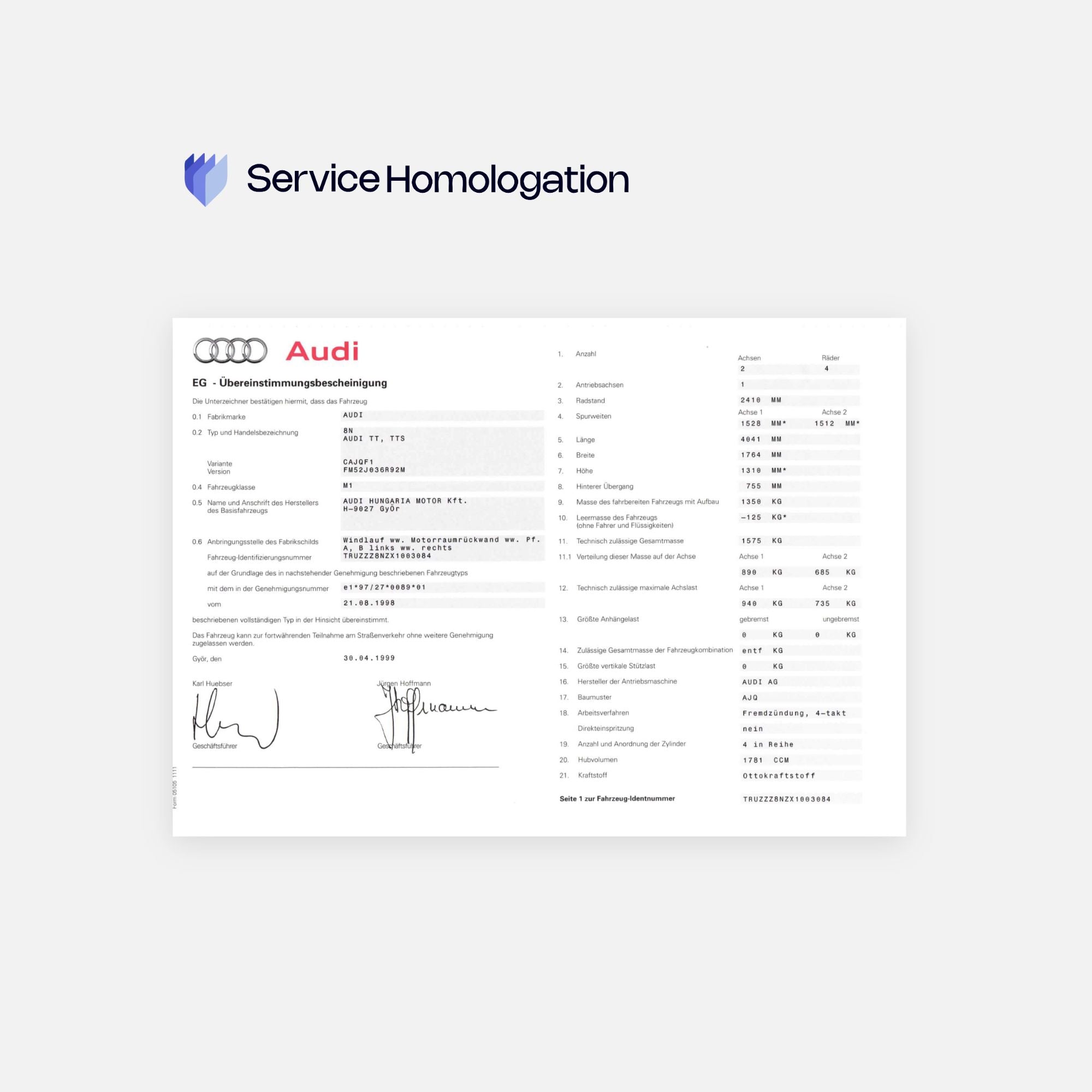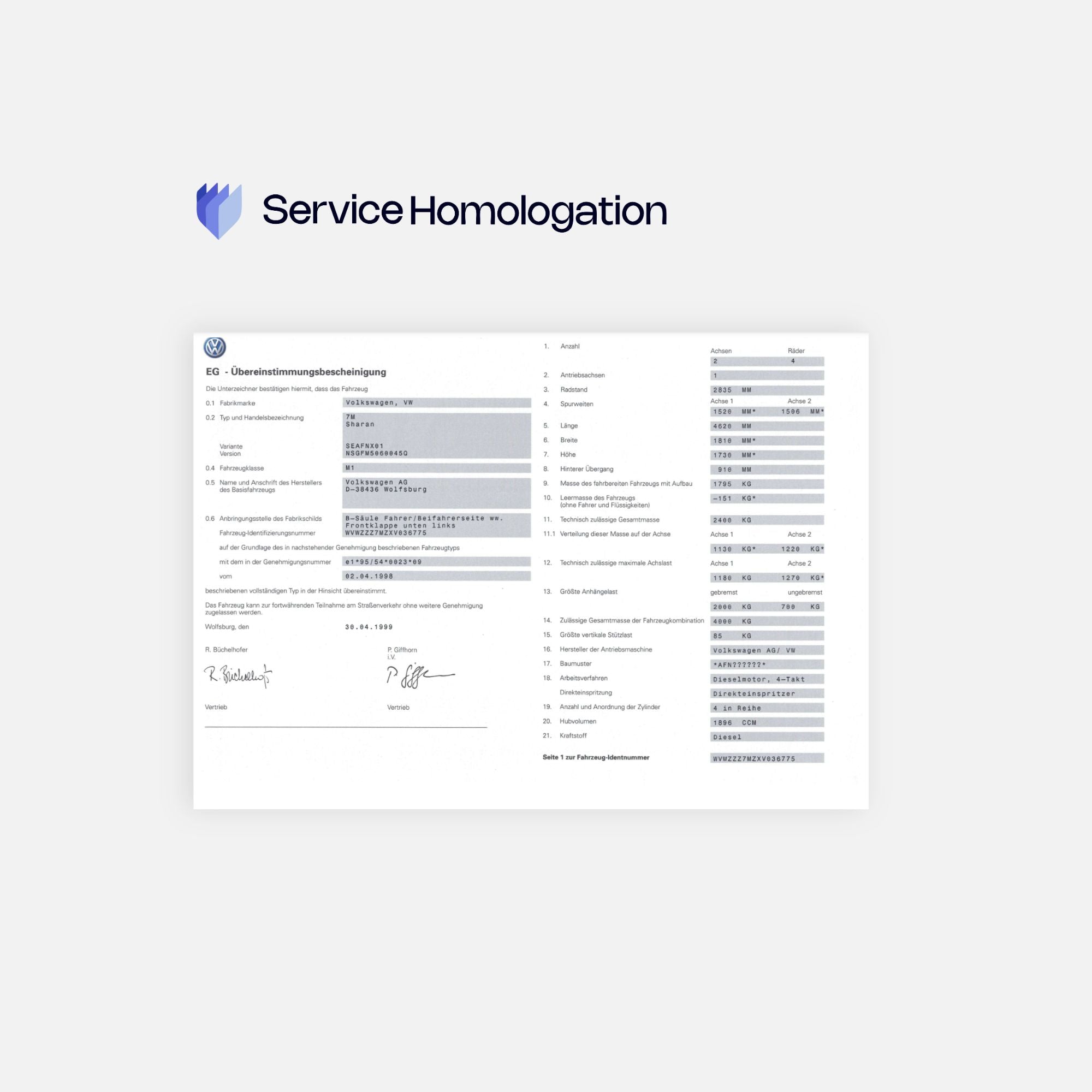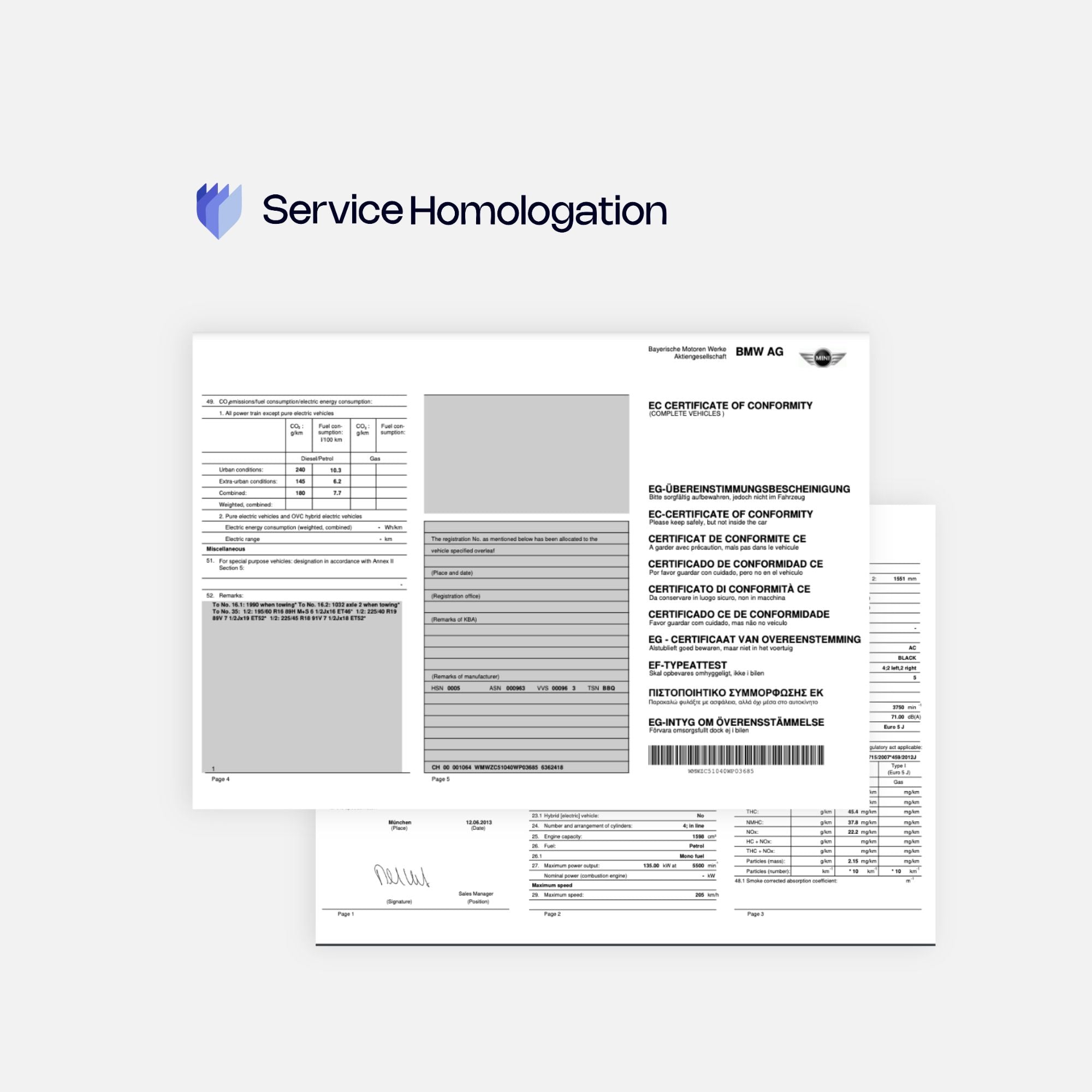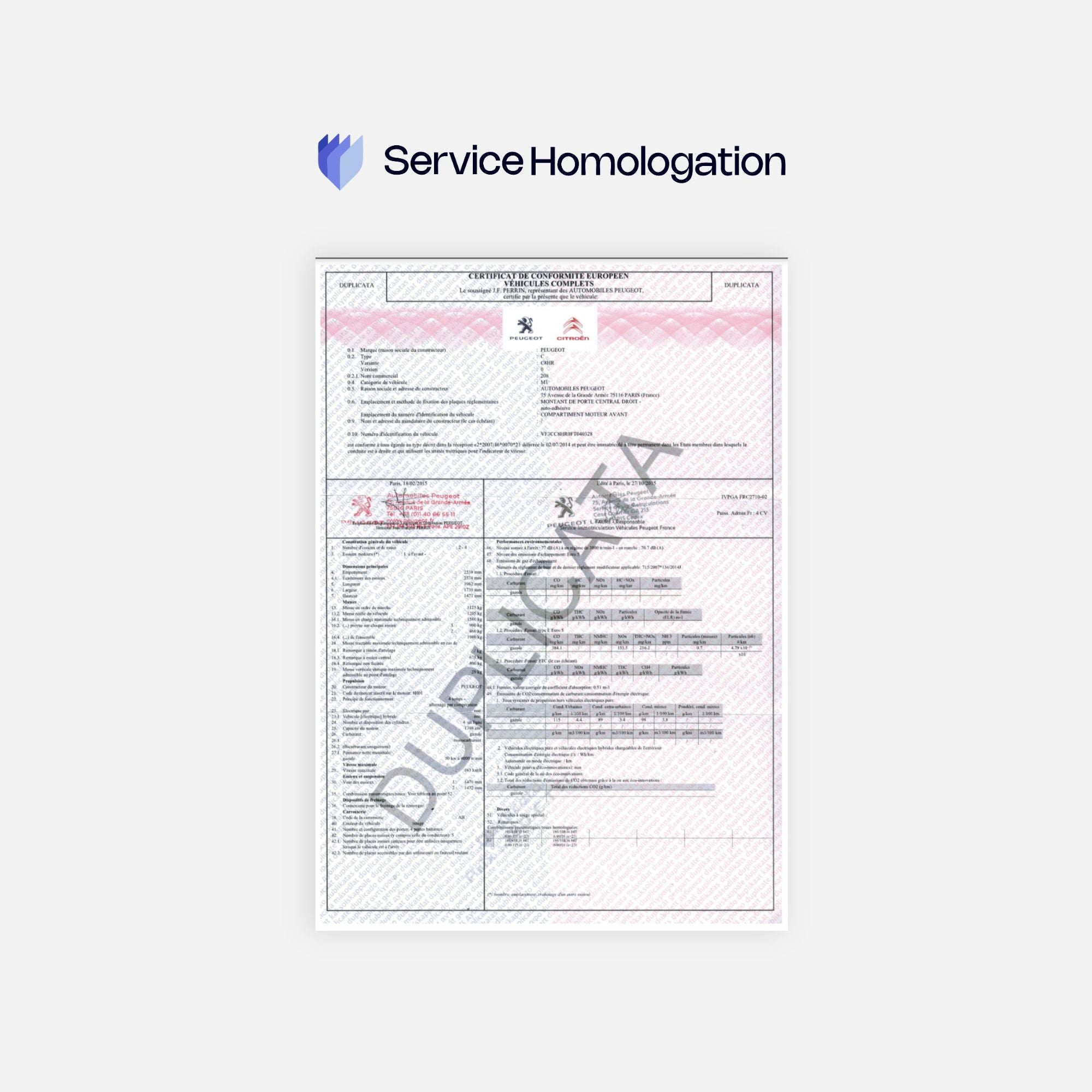The certificate of conformity is now an essential document for every vehicle owner, particularly when registering an imported car. This official document certifies that your vehicle complies with all applicable standards in France and Europe. But do you know how long this precious document has existed and how it has evolved over time? Let's dive into the fascinating history of this document, essential for the legal circulation of our vehicles.
The origins of the automotive certificate of conformity
The history of the Certificate of Conformity for cars dates back to the 1950s, a period marked by the considerable growth of the automotive industry and the growing need to establish common standards. At that time, each country applied its own safety and environmental regulations, creating a real headache for manufacturers and importers.
It was in this context that the first approval systems emerged. However, the real turning point came in 1970 with European Directive 70/156/EEC, which laid the foundations for the current vehicle approval system. This directive aimed to harmonize technical procedures between the various member countries of the European Economic Community, the precursor to the European Union.
Manufacturers such as Renault in France and Ford in the United States have had to adapt their manufacturing processes to meet these new requirements. These changes have posed a major challenge for the industry, but they have also contributed to significant improvements in vehicle safety.
The evolution of the certificate of conformity over the decades
Over the years, the automotive approval system has continued to evolve to adapt to technological advances and emerging concerns. In the 1980s, the focus shifted to reducing pollutant emissions, a concern that remains relevant today. The following decade saw the introduction of stricter standards for passive vehicle safety.
A major turning point came in 1992 with Directive 92/53/EEC, which introduced the concept of "EC type-approval." This new approach allowed manufacturers to obtain approval valid in all member states, considerably facilitating the marketing of vehicles across Europe.
The European Commission, in collaboration with the European Automobile Manufacturers' Association (ACEA), has continually worked to improve standards. In 2007, a complete overhaul of the system was carried out with Directive 2007/46/EC, establishing an even more rigorous framework for the type approval of motor vehicles.
The modern certificate of conformity: an essential document
Today, the Certificate of Conformity (often abbreviated COC) is a standardized and mandatory document in the European Union. It contains detailed technical information about the vehicle, allowing authorities to verify its compliance with current regulations .
Did you know that this document is particularly crucial when importing vehicles? For example, if you plan to import a Buick from the United States , you will absolutely need a certificate of conformity to register it in France. This certificate guarantees that the vehicle, even if it comes from a country with different standards, meets European requirements or has been modified to meet them.
Automotive engineers and regulatory experts are constantly working to adapt standards to technological innovations. With the advent of electric vehicles and advanced driver assistance systems, approval criteria continue to evolve, making the certification process increasingly complex but also more relevant.
The growing importance of the certificate in a globalized market
In our globalized world, where trade is intensifying, the automotive certificate of conformity plays an increasingly strategic role. It facilitates imports and exports while ensuring that all vehicles on our roads meet minimum safety and environmental standards.
The regulatory differences between major automotive markets such as the European Union, the United States, and Japan can sometimes pose considerable challenges. This is why manufacturers like Toyota have developed specific versions of their models for each market, while others offer adaptations to comply with various regional requirements.
Conclusion: a pillar of road safety and environmental protection
The certificate of conformity for cars has come a long way since its inception. From a simple administrative document, it has become a fundamental pillar of road safety and environmental protection. Its evolution reflects technical advances in the automotive industry and our growing collective awareness of safety and environmental issues.
If you're facing registration procedures, particularly for an imported vehicle, don't hesitate to seek assistance from professionals who specialize in obtaining these essential documents. A competent registration service can save you time and energy in these sometimes complex procedures, while ensuring full compliance with current legislation.









